Documentation required for a Fire Risk Assessment
Fire risk assessments are a legal requirement to ensure the safety for occupants of a building. All businesses and organisations need to employ a ‘responsible person’ to ensure a fire risk assessment is undertaken and reviewed periodically.
It is important to plan for your fire risk assessment and ensure you have the relevant documentation to ensure a comprehensive review can be undertaken. The list below forms the basis of the required documentation that will need to be available for viewing on the day of the Fire Risk Assessment site visit.
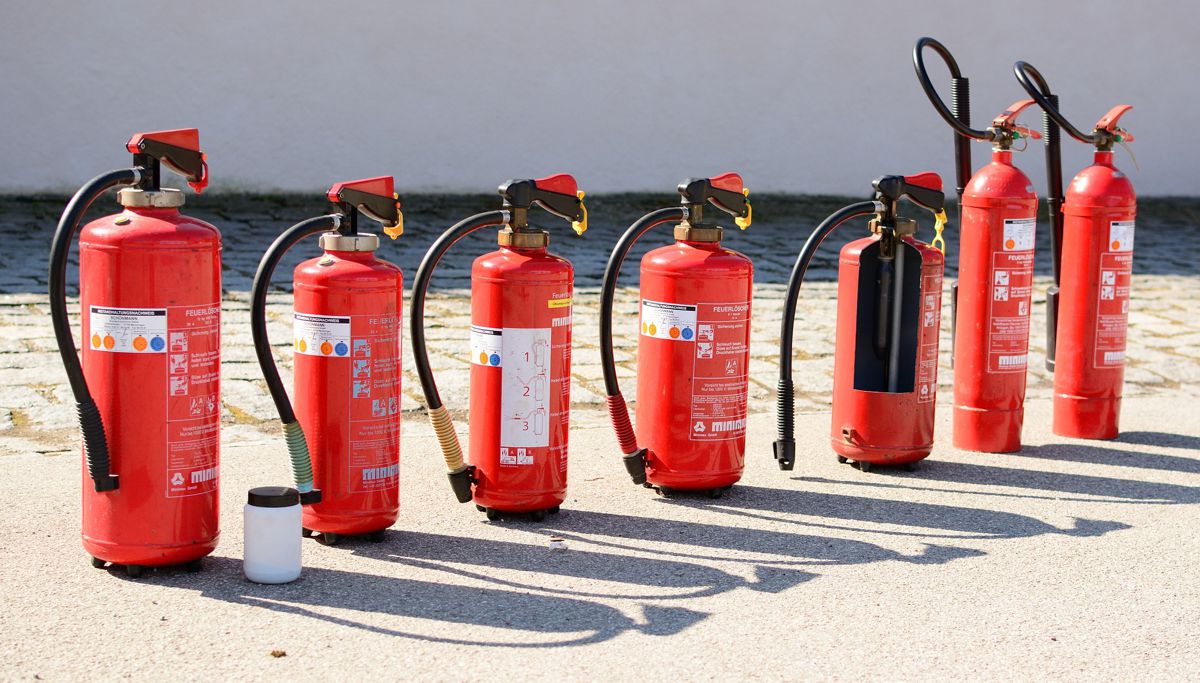
Documentation required for electrical and heating systems
You will need to demonstrate inspection, testing and maintenance records for all appliances, including:
- Fixed Electrical Installations inspection/test (5-yearly)
- PAT (Annually or 2-Yearly) depending on the item and the recommended retest date
- Heating/Gas inspection – Gas Safe Certificate (Annual)
- Air-conditioning/HVAC Installations inspection/test
- Lightning Protection system inspection/testing.
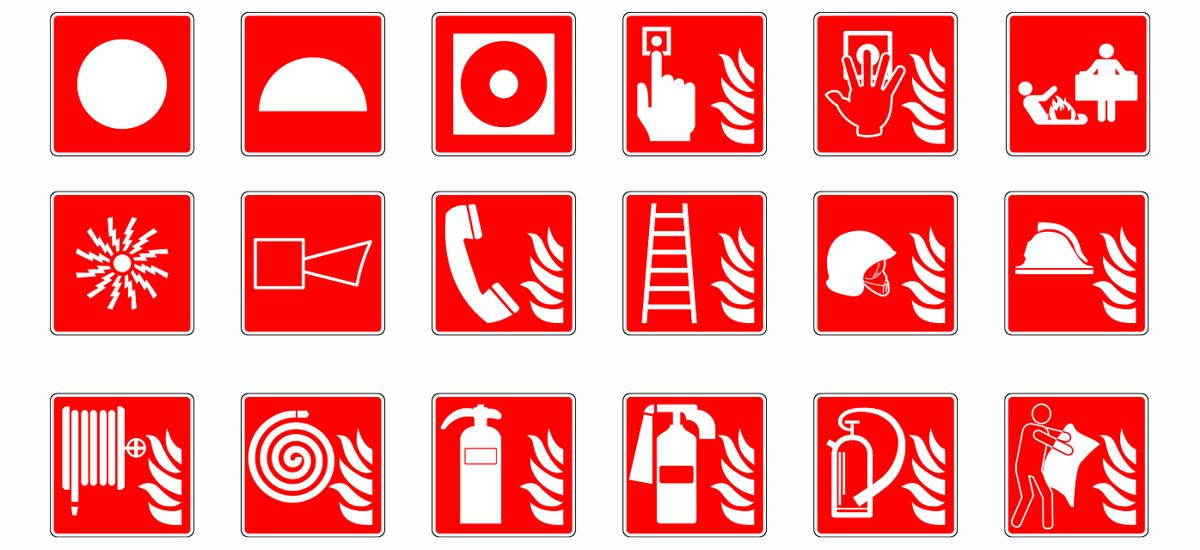
Documentation required for fire safety systems and equipment
If you have inspection, testing and maintenance records for your organisation they need to be reviewed by the responsible person, this can include:
- Security access door Emergency door release/manual to override devices (green boxes) (Periodic/monthly)
- Held open/Auto-door release devices (release with fire alarm and device testing)
- Fire door survey reports
- Compartmentation survey reports
- Exit route and exit door checks
- Emergency lights (Annual inspection and full duration discharge test)
- Emergency lights (Monthly function testing)
- Fire alarm service inspection (Six-monthly)
- Weekly fire alarm testing (including manual call point testing)
- Fire extinguishers (Annual Service/inspection)
- Fire extinguisher (Monthly visual inspections)
- Fire damper inspection and test (Annual)
- Smoke vent system test (Annual)
- Dry/wet riser inspection/testing
- Fire shutter inspection/testing
- Pressurisation system inspection/testing
- Emergency Voice Communication system inspection/testing
- Evacuation lift/Firefighters lift inspection/testing
- Inspection/testing and maintenance of any other fixed fire safety systems.
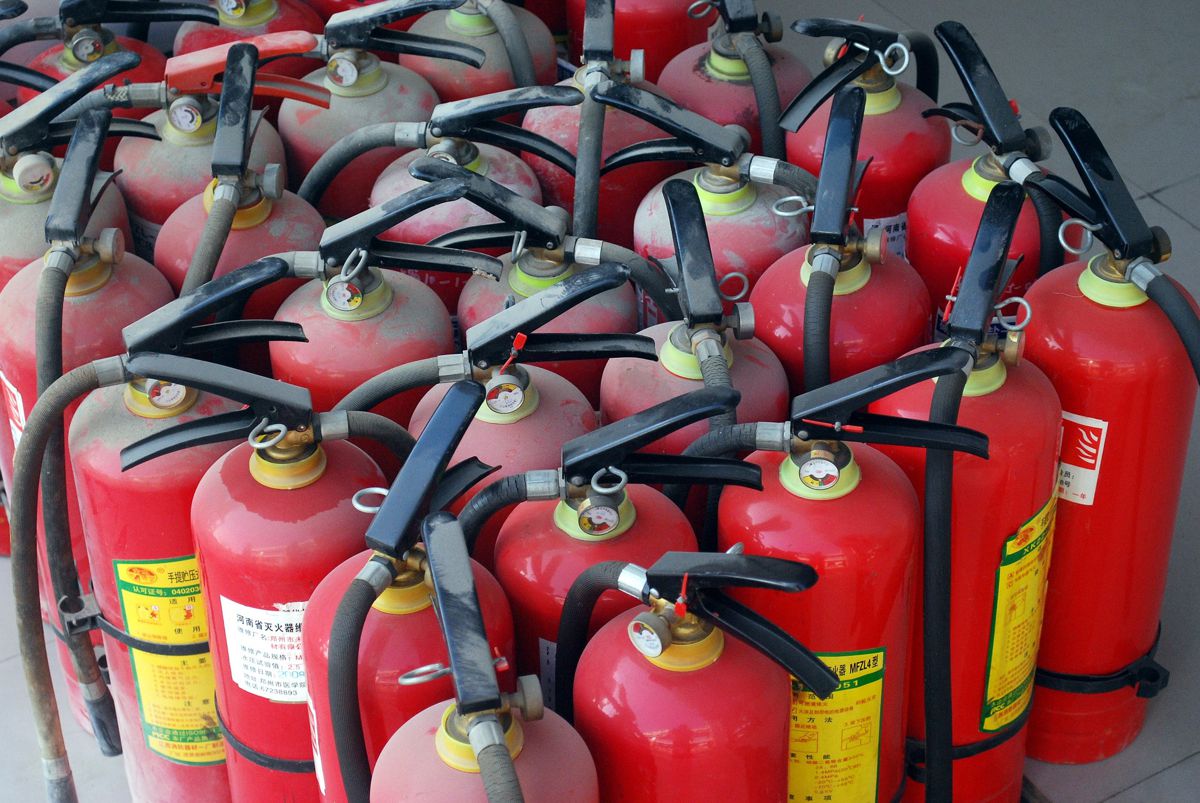
Documentation required for the catering sector
If your organisation operates in the catering sector, you need to demonstrate:
- Records of Testing/Maintenance/Cleaning of Cooking Equipment, extraction ductwork and Filters
- Catering Staff Fire Training
- Fire Extinguisher Training including Wet Chemical extinguisher where provided.
- Servicing and maintenance of any fixed suppression systems.
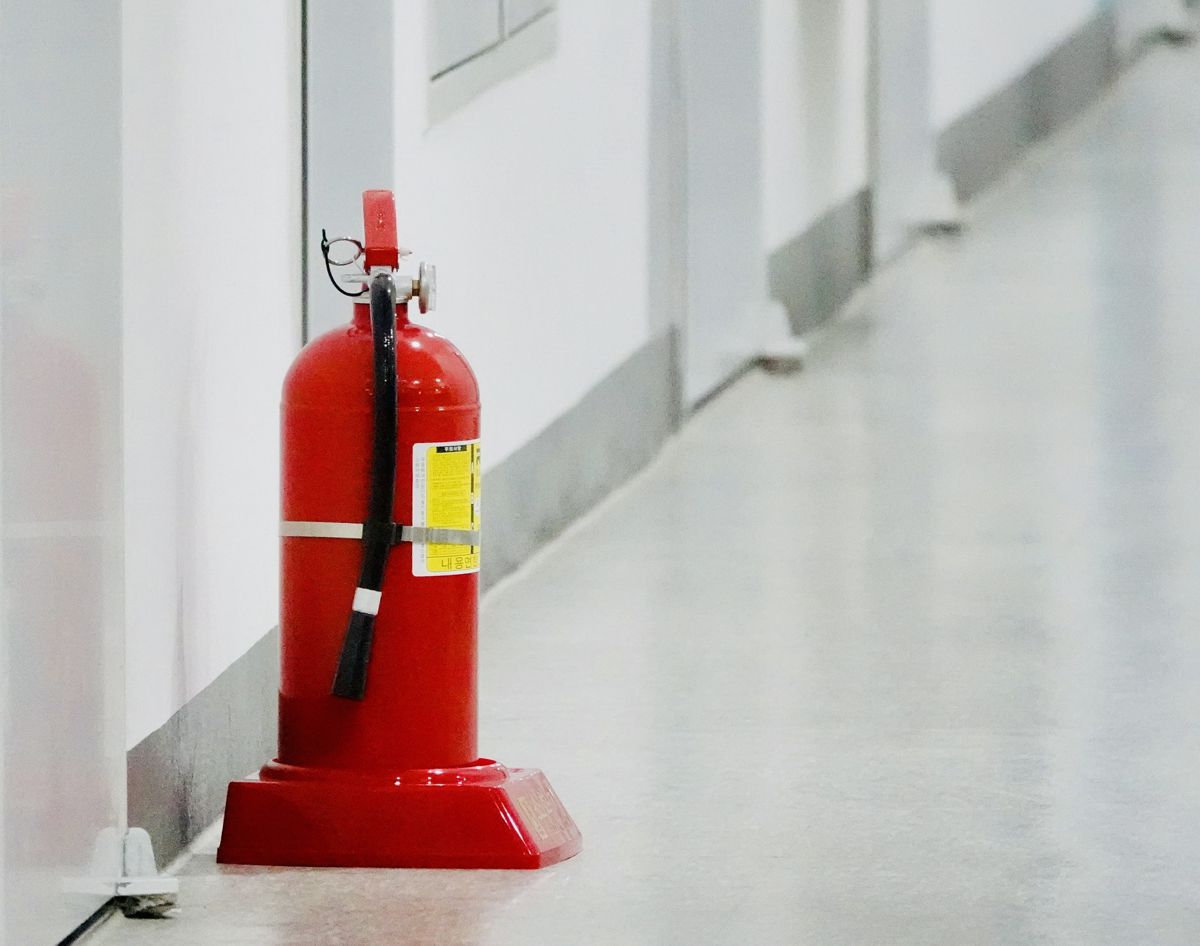
Documentation required for a fire risk assessment
- Previous fire risk assessment reports
- Evidence of completion of previous deficiencies
- Fire Strategy reports
- Fire Engineering reports
- Fire risk appraisals of external wall construction and cladding
- Details of the Responsible Person and any fire safety management structure
- Numbers of occupants/residents during the day and night
- Details of any Fire alarm monitoring arrangements via an Alarm Receiving Centre (ARC) and staff awareness of procedure
- Records of fire drills
- Any other procedures which are carried out relating to fire safety / Emergency Plan (procedure for day and night where applicable)
- Details of Fire Safety Awareness Training, Initial Induction and Refresher
- Details of Fire Wardens/Marshals training
- Arrangements in place for disabled people to evacuate the premises safely in the event of fire (PEEPs/GEEPs and provision/testing/maintenance of any evacuation aids)
- Any relevant policies and procedures in place i.e. smoking, arson prevention, portable heaters, lone worker, business continuity, salvage plans, visitors signing-in book, contractor controls.
- Fire action plans etc.
- Details/quantities of any dangerous substances on site and any DSEAR or other risk assessments.
- Asbestos survey reports.
- Details of any listed building or heritage protection relevant to the premises
- Details and correspondence in relation to any visit or contact with the fire safety Enforcing Authority for the premises
- Details and investigation reports in relation to any recent fire incidents
- Details and investigation reports in relation to any recent unwanted fire alarm actuations
- Any information on recent refurbishment works including the building regulation final certification.
- Details and records relating to the cooperation and co-ordination of fire safety risk management between the client and the Landlord or other tenants – if applicable (This may include testing of fire safety systems by the Landlord or other tenants.)
If maintenance is outsourced to an external facilities management company, they may need to be present or involved, in order to provide all the relevant information needed.
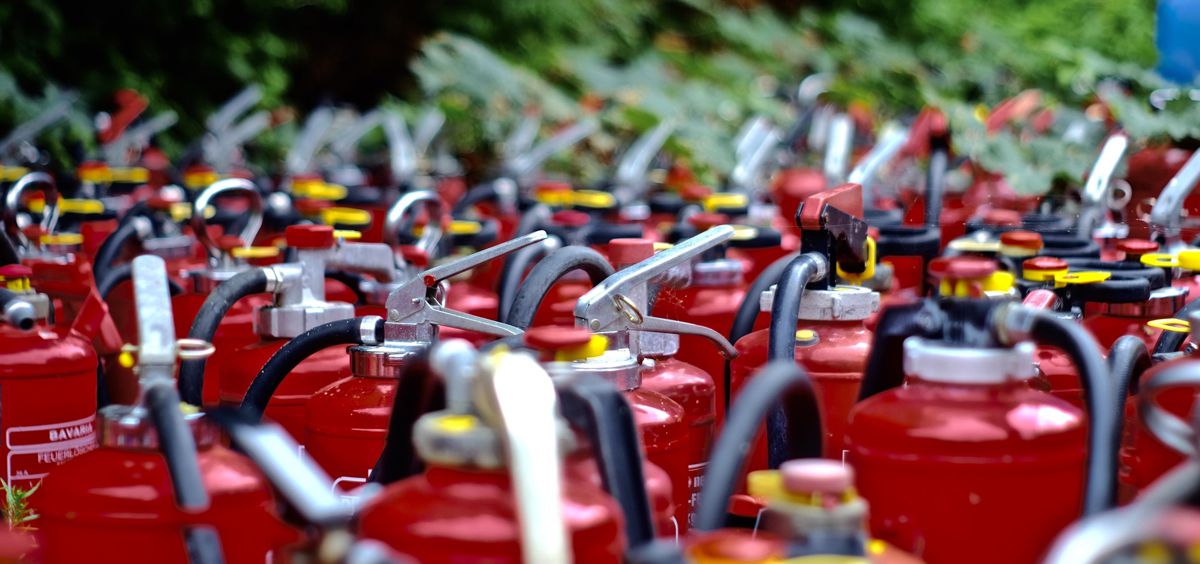
Support for fire risk assessments
SOCOTEC’s team of experienced fire safety consultants can support your organisation achieve fire safety compliance. As a division they operate across all sectors, and have extensive experience in academic, retail, government, rail, healthcare, residential and construction. The company provides consultancy services for a number of multi-site clients, and have experience working on a range of high-profile projects.



















